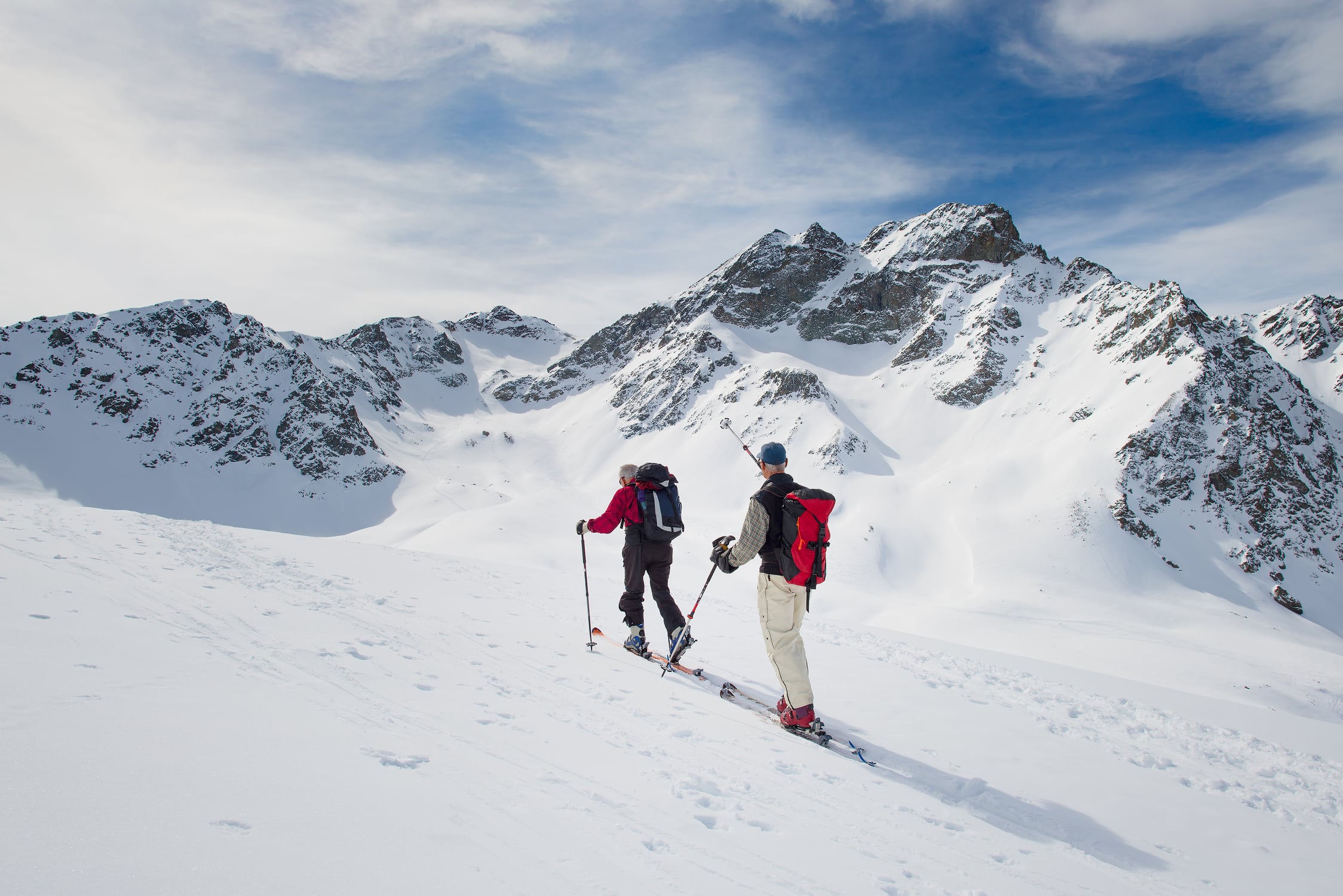What are the recommended safety tips for winter hiking in the Cairngorms?

Winter hiking in the Cairngorms region of Scotland is a challenging yet rewarding experience that many outdoor enthusiasts look forward to. However, the winter months in Scotland can bring extreme weather conditions that require careful planning, good skills, and adequate preparation to ensure a safe and enjoyable adventure. In this article, we will guide you through some recommended safety tips for winter hiking in the Cairngorms, including understanding the local weather, planning your route, packing the right equipment, and honing your hiking skills.
Understanding the Winter Weather in the Cairngorms
The Cairngorms National Park is home to five of the six highest mountains in the UK, and with that comes some of the most severe winter weather conditions. It is not uncommon for temperatures to fall below freezing, coupled with high winds and heavy snowfall. The weather can change quickly, with conditions deteriorating in a matter of hours. Therefore, it is essential to have a clear understanding of the local weather before you set out on your hiking adventure.
En parallèle : Which botanical gardens in the UK feature the most exotic plants?
Start by checking the weather forecast. There are several reliable sources for weather information in the Cairngorms, including the Met Office and the Mountain Weather Information Service. These services provide detailed forecasts including temperature, wind speed and direction, and the likelihood of snow or rain.
However, don't just rely on a single forecast. It's always good practice to check multiple sources and be prepared for a range of conditions. Remember, the conditions at the base of a mountain can be vastly different from those at the summit.
Avez-vous vu cela : Which wildlife sanctuaries near Bristol are must-visits for animal lovers?
Planning Your Route
A good route is the backbone of any successful hike, and even more so in winter conditions. The Cairngorms are a vast wilderness area with varying terrain, from gentle rolling hills to steep mountainous regions. Planning your route well in advance will help to ensure that you don't get lost and that you can manage the distance and terrain.
Begin by studying a detailed map of the area. The Harvey's Superwalker map or the Ordnance Survey Explorer map for the Cairngorms are good options. These maps will show you footpaths, topographical features, and landmarks such as bothies and bridges.
Consider the length and difficulty of your hike. Remember, winter days are shorter, and snow and ice can slow your progress. A rule of thumb is to allow 50% more time than you would in summer.
Packing the Right Equipment
Having the right equipment is a fundamental aspect of winter hiking safety. The equipment you carry can greatly influence your ability to navigate, stay warm, and respond to emergencies.
Your clothing should be warm, water-resistant, and breathable. Layering is key, with a moisture-wicking base layer, insulating middle layer, and a waterproof outer layer. Don't forget a good pair of waterproof boots, winter socks, and gloves.
Essential equipment for winter hiking in the Cairngorms includes a map and compass for navigation, a headlamp with extra batteries (as daylight hours are shorter), a first-aid kit, and a fully charged mobile phone. Furthermore, as the Cairngorms can see considerable snowfall, ice axes and crampons could be necessary for some routes.
As simple as it may seem, packing enough food and water is also critical. The cold weather can increase your calorie burn, so pack high-energy snacks. Water can freeze in cold conditions, so consider using an insulated bottle or thermos.
Honing Your Hiking Skills
Finally, having good hiking skills is crucial to staying safe in winter conditions. For those people who are inexperienced, consider joining a guided group or taking a winter skills course. Scotland has many outdoor centers offering such courses.
Some important skills for winter hiking include navigation, pacing, recognizing avalanche risk, and knowing how to use your ice axe and crampons. Also, understanding how to respond in an emergency situation is crucial. This includes knowing the international distress signal (six whistle blasts or torch flashes in a minute), how to give your location to emergency services, and basic first aid.
Winter hiking in the Cairngorms offers breathtaking snowy landscapes and a memorable outdoor experience. However, the unpredictable weather, challenging terrain, and potential hazards mean that preparation and safety precautions are paramount. By understanding the local weather, planning your route, packing the right equipment, and honing your hiking skills, you can ensure a safe and enjoyable winter hike in this spectacular region of Scotland.
Developing Winter Skills for the Cairngorms
When planning for winter hiking in the Cairngorms, acquiring and honing specific winter skills is crucial. The unpredictable weather patterns and harsh conditions often require more than just traditional hiking abilities. Winter skills like navigation in snow, understanding winter weather patterns, and avalanche awareness are valuable skills that can significantly enhance your safety during your winter hiking trip.
Navigation skills are particularly important during winter when snow can cover footpaths and landmarks. Familiarize yourself with using a map and compass and consider investing in a GPS device for additional assistance. Understanding how weather patterns work can also help you make crucial decisions during your hike.
The Cairngorms National Park, like many mountain areas, can be prone to avalanches, particularly after heavy snowfall. Knowing how to spot avalanche risk areas and what to do if caught in an avalanche are vital skills.
Additionally, proper use of winter hiking gear like ice axe and crampons can make a considerable difference. Ice axe and crampons are often necessary for winter walking or winter mountaineering in the Cairngorms during heavy snow conditions. An ice axe can be used for balance, slowing your descent, or stopping a slide if you fall. Crampons provide additional grip on icy or hard-packed snow surfaces.
If you're new to winter hiking, consider taking a winter skills course. Many outdoor centers in Scotland offer courses that cover these skills and more. Some courses may even include a guided hike where you can apply your newly learned skills in a real-world setting.
Emergency Preparedness and Mountain Rescue
Even with all the precautions and preparations, emergencies can still happen. Knowing how to react in such scenarios is another critical aspect of winter hiking in the Cairngorms.
Start by making sure that someone knows your hiking plan and expected time of return. This person can alert authorities if you don't return as planned.
Have a well-stocked first aid kit and know how to use everything in it. Basic first-aid knowledge can go a long way in an emergency situation, especially when help may be hours away.
Ensure that your mobile phone is fully charged and consider carrying a portable power bank. Mobile phone coverage in the Cairngorms National Park can be limited, but a phone can still be your lifeline in an emergency.
In the event of a serious emergency, Scotland's Mountain Rescue teams provide a vital service. Knowing the international distress signal (six whistle blasts or torch flashes in a minute) can attract attention if you're injured or lost. If you can make a phone call, dial 999 or 112, ask for Police, then Mountain Rescue and provide your location.
Conclusion
Winter hiking in the Cairngorms National Park can be an exhilarating experience, offering stunning snowy landscapes and a sense of tranquillity. The key to enjoying this winter wonderland safely lies in understanding the winter weather, planning your route, packing the correct equipment, honing your winter skills, and knowing how to react in an emergency.
Whether you're a seasoned hiker or a beginner looking to take on winter mountaineering, the Cairngorms in winter present a unique challenge that can be rewarding when approached with respect and the right preparation. Enjoy the beauty of the winter mountains and make every winter hiking experience memorable and safe.
